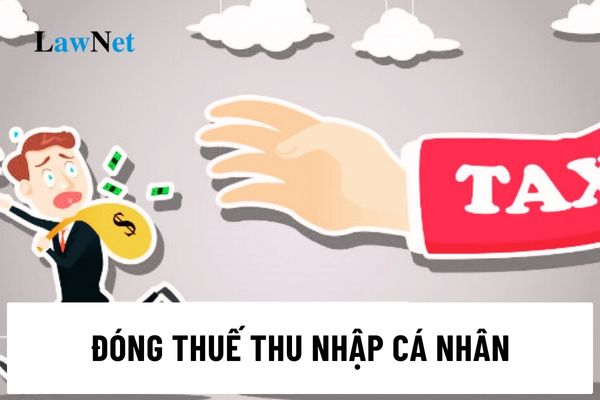Which allowances and subsidies of employees are subject to personal income tax in Vietnam?
Which allowances and subsidies of employees are subject to personal income tax in Vietnam?
Based on Article 3 of the Law on Personal Income Tax 2007 (amended by Clause 1, Article 1 of the Law on Amendments to Law on Personal Income Tax 2012), the tax liability is regulated as follows:
Taxable income
Taxable income for personal income tax includes the following incomes, except for those exempted from tax as specified in Article 4 of this Law:
...
2. Income from wages and salaries, including:
a) Wages, salaries, and other amounts of similar nature;
b) Allowances and subsidies, except for the allowances and subsidies regulated by the law on preferential treatment for those with merits, national defense and security allowances, hazardous or dangerous allowances for sectors, occupations, or jobs in hazardous or dangerous environments, attraction allowances, regional allowances as regulated by law; sudden hardship allowances, occupational accident, and occupational disease allowances, one-time allowances for childbirth or adoption of children, allowances due to reduced working capacity, one-time retirement allowances, monthly survivor pension, and other allowances as regulated by the law on social insurance; severance and job loss allowances as regulated by the Labor Code; social protection allowances and other allowances and subsidies not of salary or wage nature as regulated by the Government.
...
The employee’s income subject to personal income tax includes:
- Wages, salaries, and other amounts of similar nature;
- Allowances and subsidies, except for:
(1) Allowances and subsidies regulated by the law on preferential treatment for those with merits;
(2) National defense and security allowances;
(3) Hazardous or dangerous allowances for sectors, occupations, or jobs in hazardous or dangerous environments;
(4) Attraction and regional allowances as regulated by law;
(5) Sudden hardship allowances, occupational accident and occupational disease allowances, one-time allowances for childbirth or adoption of children, allowances due to reduced working capacity, one-time retirement allowances, monthly survivor pension, and other allowances as regulated by the law on social insurance;
(6) Severance and job loss allowances as regulated by the Labor Code; social protection allowances and other allowances and subsidies not of salary or wage nature as regulated by the Government of Vietnam.

Which allowances and subsidies of employees are subject to personal income tax in Vietnam? (Image from Internet)
When are employees eligible for personal income tax refund in Vietnam?
According to Clause 2, Article 8 of the Law on Personal Income Tax 2007, employees are eligible for a personal income tax refund in the following cases:
- The tax paid exceeds the amount of tax payable;
- Individuals who have paid personal income tax but have taxable income below the tax threshold;
- Other cases as decided by the competent state authority.
How do employees submit personal income tax refund applications in Vietnam?
Based on Clause 2, Article 72 of the Tax Administration Law 2019 the regulations are as follows:
Receiving and responding to tax refund application information
1. Tax administration authorities are responsible for receiving tax refund application dossiers as follows:
a) The tax authority directly manages the taxpayer and receives the tax refund application for cases entitled to tax refunds as per the tax laws. The tax management authority receives the application for the refund of overpayment; in cases of refunding overpayment according to corporate income tax finalization and personal income tax finalization, the tax administration authority receives the corporate income tax finalization and personal income tax finalization application of the taxpayer and processes the overpayment refund application;
b) The customs authority managing the collected revenue receives the tax refund application in cases entitled to tax refunds as per the tax laws; in cases where foreigners or Vietnamese residing abroad exit the country with goods eligible for tax refund, the customs authority handling the exit procedures receives the tax refund application.
2. Taxpayers submit tax refund applications through the following forms:
a) Submitting the application directly at the tax administration authority;
b) Sending the application by postal mail;
c) Submitting the application electronically through the electronic transaction portal of the tax administration authority.
3. Within three working days from the date of receiving the tax refund application, the tax administration authority classifies the application and notifies the taxpayer of the acceptance of the application and the processing time, or issues a written notification to the taxpayer in case the application is incomplete.
4. The Minister of Finance shall detail this Article.
Therefore, employees can submit personal income tax refund applications through the following methods:
- Submitting the application directly at the tax administration authority;
- Sending the application by postal mail;
- Submitting the application electronically through the electronic transaction portal of the tax administration authority.

